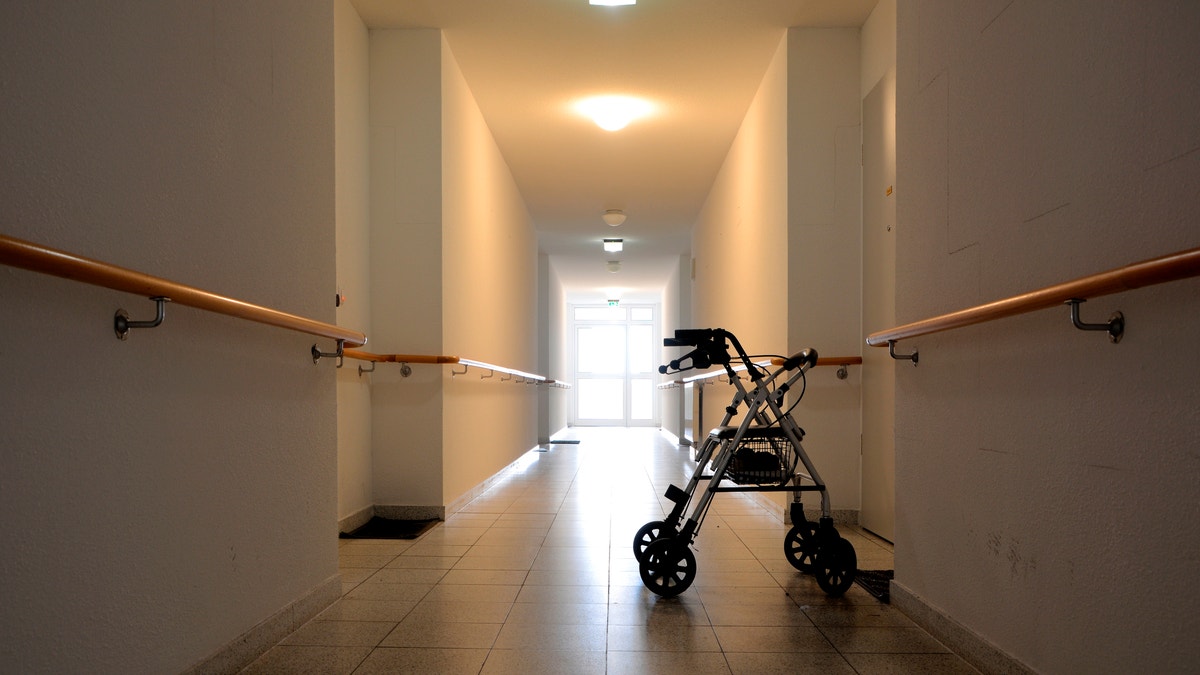
Corridor in a no longer exists nursing home in Magdeburg (iStock)
More than 20,000 people living in U.S. nursing homes experienced serious injuries to the face last year, mainly from falling and hitting hard surfaces or while getting in and out of bed, a recent study suggests.
With the population aging and about 1.4 million Americans already in nursing homes, programs focused on fall prevention should concentrate more on averting these injuries that can cause considerable pain and disability, the research team writes in Otolaryngology - Head and Neck Surgery.
"Families move their loved ones into facilities to keep them safe. Since this can already be a difficult process, we feel an obligation to identify preventable injuries in our continuing efforts to improve patient safety," Dr. Peter Svider, one of the study authors, said by email.
Face injuries can be particularly serious for elderly people because they can affect vital functions like speech, swallowing, sight, and even breathing, said Svider, a researcher at Wayne State University School of Medicine in Detroit, Michigan.
To estimate the number and causes of face injuries in elderly nursing home residents, the research team analyzed nationwide data from emergency departments.
Between 2011 and 2015, they found that 109,795 people over age 60 and living in nursing homes required emergency room care for face injuries. Half of the patients were over age 84 and 65 percent were women.
For each incident, the study team noted where on the face patients were hurt and how they sustained the injury.
The most common wounds were deep cuts or skin tears, which made up over 44 percent of all injuries. A similar proportion of patients experienced other soft-tissue injuries, including bruises on the skin or in deep tissues and the tearing off of patches of skin including eyelids or ears.
Bone fractures accounted for nearly 13 percent of injuries. More than two thirds of these breaks were to the nose, and the next most common fracture site was the eye socket.
The injuries were most often the result of falling and hitting structures like the floor, countertops, doors or cabinets, representing 57 percent of injuries.
Getting in and out of bed was the second most common source of injury, accounting for 23 percent.
"Falls are a tremendous source of disability in older adults," said Hilaire Thompson, a professor at the University of Washington School of Nursing in Seattle.
"Older trauma patients are more likely to experience a longer hospital stay, increased number of complications, higher costs of care and a higher likelihood of dying for any specific injury than younger adults," Thompson, who was not involved in the study, said by email.
"Facial injuries are underappreciated," Thompson added, "as they may accompany other sometimes more severe injuries and are therefore overlooked."
Thompson said patients can reduce their risk of falling by doing exercise or physical therapy and getting their vision checked, while nursing homes can pay greater attention to fall risks during their patient assessments.
"We encourage families moving their loved ones into a skilled nursing facility to inquire about the level of supervision provided, particularly with regards to transfer to and from bed as well as assistance using the bathroom," Svider said.
